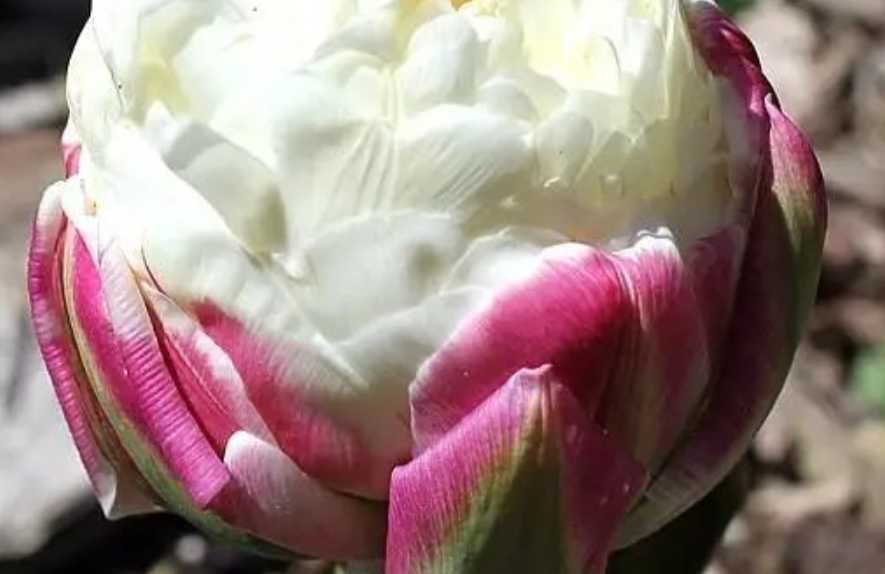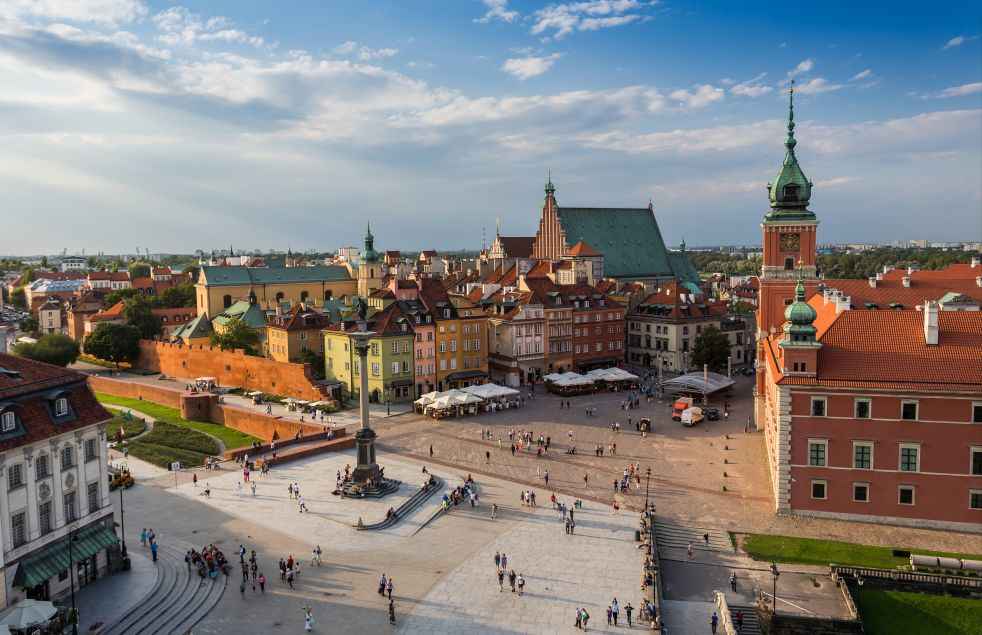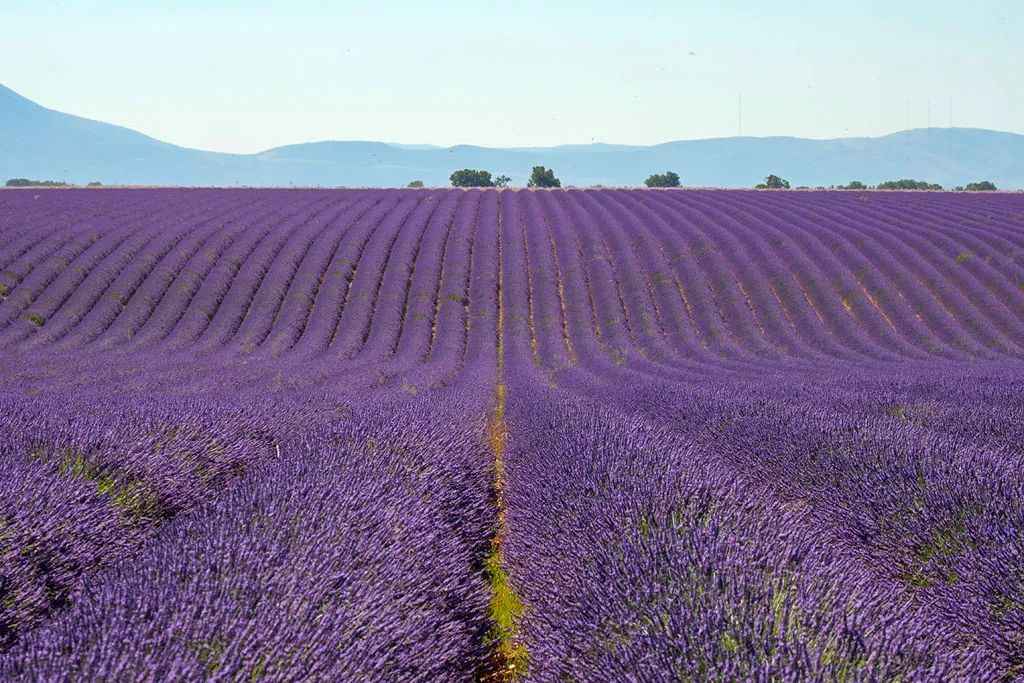The most distinctive feature of the Ice Cream Tulip is its flower shape and color, which closely resemble those of a creamy ice cream. The flower has a diameter twice that of an ordinary tulip, with double - layered petals that are stacked and have wavy - curled edges. The center of the creamy - white petals reveals a light pink or pale yellow hue, while the edges are a darker pink or purple, creating a unique two - tone effect. The overall appearance, with its spiral - like pattern, resembles a delicious ice - cream cone, making it a standout among other tulips. Blooming in spring, it emits a faint milky fragrance.
The Ice Cream Tulip is a long - day flower that thrives in sunny and sheltered locations1. It prefers a warm and humid winter climate and a cool and dry summer climate1. It can grow normally at temperatures above 8°C and is generally tolerant of - 14°C lows1. However, it fears high temperatures and strong winds. This tulip requires rich - humus, well - drained, slightly acidic sandy loam and is averse to alkaline or heavy clay soils. Its bulb is renewed annually, with the mother bulb withering after flowering, and the daughter bulbs taking 2 - 3 years to bloom, resulting in a low success rate.
The Ice Cream Tulip is of great ornamental value. Its tall - stemmed varieties are suitable for cut - flower decoration, while its medium - sized and dwarf varieties are suitable for potted plants or for adorning gardens. It can instantly enhance the artistic sense of a space and is a favorite for weddings and celebrations. In the Dutch Tulip Festival, it is often the grand - finale exhibit, drawing tourists from around the world. With its elegant form, it is regarded as a “cross - border masterpiece of Eastern and Western aesthetics”.








